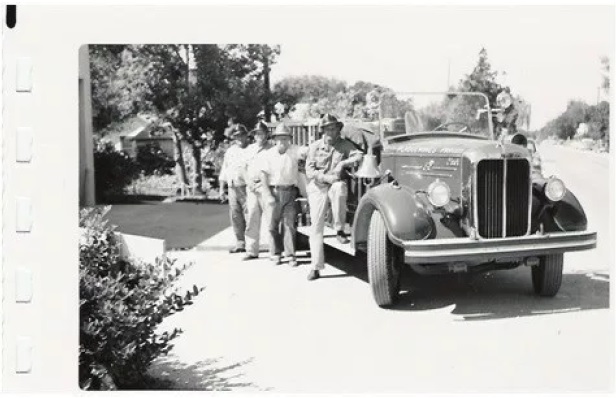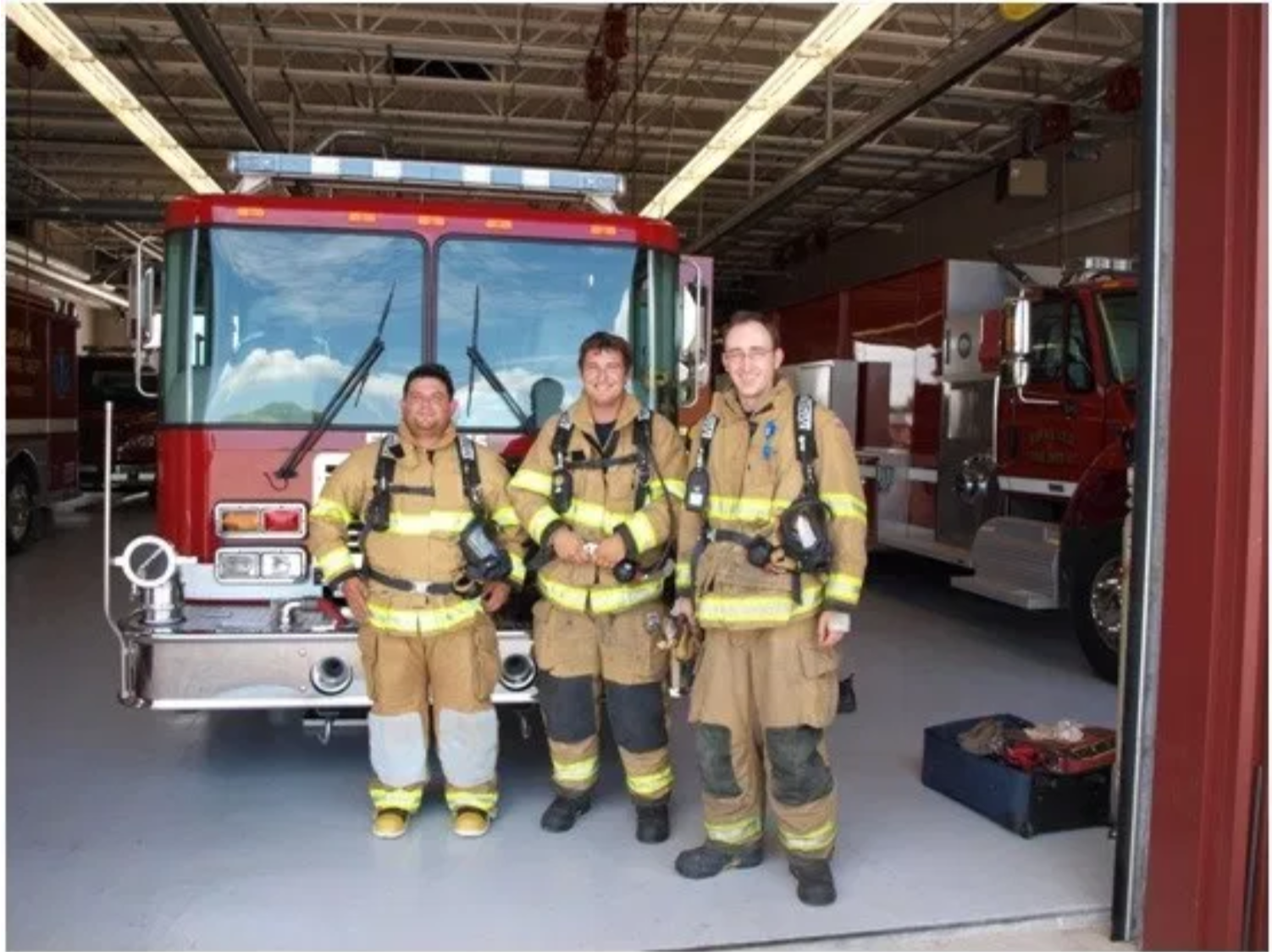Talking About A Photo Of A Fire Truck
Published: 3 November 2014
Dr Seumas Bates discusses his ethnographic encounters as data during his fieldwork in southern Louisiana.
While conducting ethnographic social research, one immerses oneself within the mundane normality of everyday social life, and engages with local people in a multitude of different ways. Drinking in a local bar, attending rallies of local politicians, joining a church congregation for Sunday mass, and a thousand other moments of interaction can all generate a kaleidoscope of experiences and insights which form part of the researcher’s process of dwelling. All of which must eventually be refined into that most elusive of resources – ‘data’.
I would here like to discuss a specific ethnographic ‘encounter’ which unfolded during my recent PhD research, not because it generated a great deal of ‘data’ – whatever that might mean – but because reflecting on this interaction gives a concise window into some of the themes the wider research project analysed.
My PhD contributes to the broad field of disaster studies, specifically, the emerging literature focussing on the cultural impact of and recovery from multiple large scale catastrophes (joining such scholars as Kearnes, Klauser, and Lane 2012). I was based in the town of Buras, Plaquemines Parish, in southern Louisiana and most acutely focused on Hurricane Katrina (which struck in 2005) and the BP oil spill (which occurred in 2010, the year before my research was conducted).
This particular encounter was showing a photograph (shown below) to some members of the town’s volunteer fire department. The image in question is black and white, and shows four men posed alongside an American fire truck. It was probably taken at some point in the 1950s and it is possible it marked the founding of the local volunteer fire department.

Members of Buras Volunteer Fire Department. Probably 1950s. © Plaquemines Parish Historical Society. Used with permission.
As part of this research, I joined the local volunteer fire department as a first responder, and it was at one of the regular training evenings that I shared this photograph. I had been given it earlier in my research by the local historical society, and it was amongst a large number of historical photographs offering a glimpse of Parish life from the late 19th century up until the late 1960s.
I suspected that my fellow volunteers would enjoy the image, as it represented part of their history as members of the department, but I was also interested in how the image replicated and reinforced certain social norms, particularly in relation to masculinity, class, and race, and how these social norms had changed and remained the same in the intervening decades, particularly with relation to the on-going disaster processes of the region. Indeed, following Booth and Davisson (2008), how the image could be both rhetorical and a focus for action and interpretation.
The representation of a particular hegemonic cultural ideal rooted in post-WW2 America is especially meaningful. This normative American identity (discussed elsewhere by Hurley 2001) was particularly valorised by these local men, and being able to align their own participation in the fire department with their interpretation of the era represented by this photograph was clearly very pleasing to them.
The discussion of this photograph at the time, and the more extended remembrances and imaginings of the lived reality of this historical era reflected the increasing precariousness felt by those who wished to maintain a singular vision of ‘American’ culture. The civil rights movement, feminism, and the on- going impact of disaster had all contributed to the perception that ‘true’ American culture was under threat, and the conversation about what this photograph displayed was interesting both because it opened a discussion of those ‘good old days’, but also because it demonstrated how such an image can continue to be constructed long after it has been created.
However, despite the intervening decades, and the impact of major disaster, images of the local volunteer fire department can remain fairly unchanged in their style, as I unwittingly demonstrated by taking my camera to a different training sessions (see below). As an anthropologist reflecting on my positionality in the field this begins another fascinating discussion, but perhaps one for another day.

Members of Buras Volunteer Fire Department (with author). Used with permission. 2011. © Author.
References
Booth, P., & Davisson, A. (2008) ‘Visualizing The Rhetorical Situation Of Hurricane Katrina: Photography, Popular Culture, And Meaning In Images’ in American Communication Journal. 10: 6
Hurley, A. (2001) Diners, Bowling Alleys and Trailer Parks: Chasing the American Dream in the Postwar Consumer Culture. Basic Books.
Kearnes, M., Klauser, F., and Lane, S. (2012) ‘Introduction: Risk Research after Fukushima’ in M.
Kearnes, F. Klauser, and S. Lane (eds) Critical Risk Research: Practices, Politics and Ethics. Wiley-Blackwell.
* * *
Seumas Bates recently passed his PhD in Anthropology looking at the cultural impact and recovery from large-scale catastrophe in a landscape of normalised disaster processes. He co-convenes the European Association of Social Anthropologists Disaster and Crisis Anthropology Network and can be reached via their website (http://www.easaonline.org/networks/dican/index.shtml) or through s.bates.1@research.gla.ac.uk
First published: 3 November 2014
<< Anthropology

